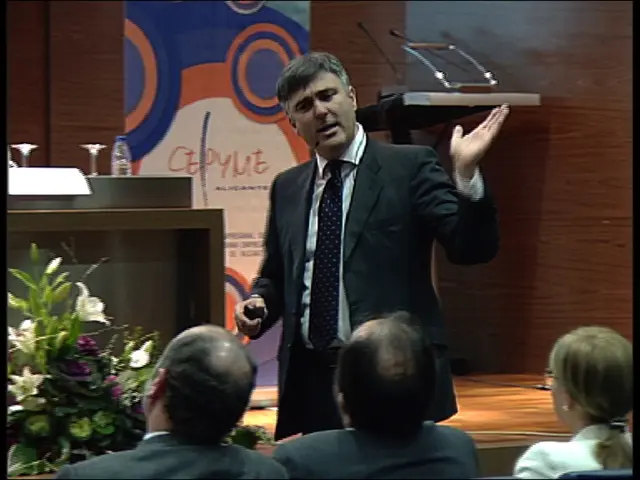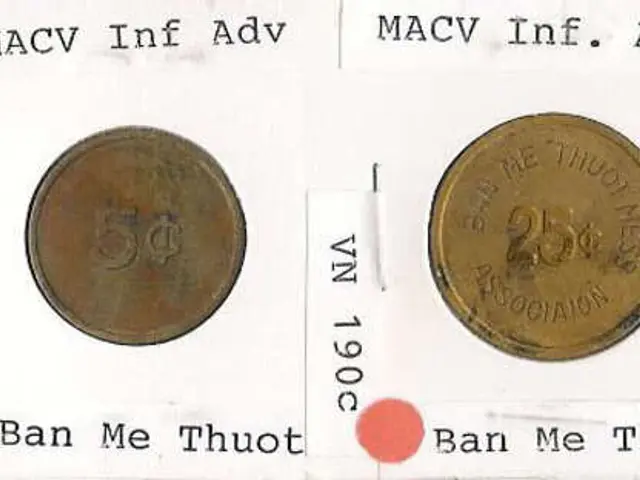Civil Service Reform Exploration via Time Travel Technology
The merit system, a process designed to hire and promote federal employees based on merit rather than political affiliations, has been a topic of interest and debate in the U.S. for over two centuries.
The debate was first sparked in 1789 when George Washington implemented a "fitness test," prioritising employees with great capability, a strong reputation for honesty, and ideological alignment with the new government. This was a significant departure from the "spoils system" established by Andrew Jackson in 1829, which favoured job-seekers based on loyalty to the president rather than professional qualifications. Some applicants even paid for positions.
The Pendleton Act, passed in 1883, marked a turning point. It created the civil service system and hired federal employees based on merit, covering approximately 10% of all federal employees. The Lloyd-LaFollette Act, passed in 1912, further protected federal employees against dismissal except for cause and defined the procedures for doing so. Federal employees also gained the right to join unions.
Fast forward to 1944-1949, during the World War I era, veterans preference was established, and retirement provisions were improved. The Classification Act of 1949 simplified the collection of grades and salaries, leading to the creation of the General Schedule (GS) system. By 1950, about 80% of all federal employees were covered by the merit system.
However, the debate on the merit system is not about whether to have a merit system, but rather about where to set the lever for its implementation. This debate continues today, reminiscent of the setting in H.G. Wells' "The Time Machine," with parties arguing about where to set the lever for merit system principles.
The Civil Service Reform Act, passed in 1978, moved civil rights protections to the Equal Employment Opportunity Commission, created the Office of Personnel Management, and established the Merit Systems Protection Board and the Office of Special Counsel. The act also created the Federal Labor Relations Authority and the Senior Executive Service, and repealed the previous performance rating system.
The next important reform of personnel systems in the U.S. federal government proposed since 1978 is the modernization of the civil service system to enhance flexibility, accountability, and performance management. This proposed reform aims to address the concerns of the Trump administration reformers and others in the debate, who have differing views on where to set the lever for merit system principles.
Despite the ongoing debate, one thing is clear: no one, regardless of political alignment, appears to like the current merit system. The search for a more effective and fair system continues, with the lever poised to move in a direction that will shape the future of the U.S. federal government.
Read also:
- Peptide YY (PYY): Exploring its Role in Appetite Suppression, Intestinal Health, and Cognitive Links
- Toddler Health: Rotavirus Signs, Origins, and Potential Complications
- Digestive issues and heart discomfort: Root causes and associated health conditions
- House Infernos: Deadly Hazards Surpassing the Flames








